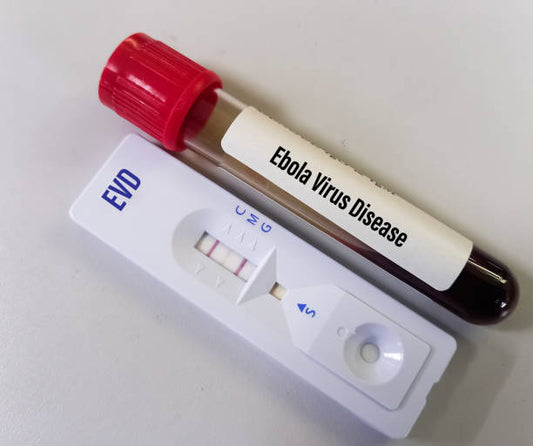Zoonotic diseases, or zoonoses, are infectious diseases that jump from animals to humans. With over 60% of emerging infectious diseases originating in animals, understanding and addressing zoonotic diseases is crucial to preventing the next pandemic. Here are some key points to consider:

What Are Zoonotic Diseases?
Zoonotic diseases are caused by viruses, bacteria, parasites, and fungi that are transmitted from animals to humans. Examples include rabies, Ebola, and Lyme disease. These diseases can be transmitted through direct contact with animals, consumption of contaminated food or water, or through vectors like mosquitoes and ticks.

Why Are Zoonotic Diseases Emerging?
Several factors contribute to the rise of zoonotic diseases:
- Environmental Changes: Deforestation, urbanization, and climate change disrupt natural habitats, increasing human-wildlife interactions and the risk of disease transmission.
- Globalization: Increased travel and trade facilitate the rapid spread of diseases across borders.
- Agricultural Practices: Intensive farming, wildlife markets, and close proximity between animals and humans can create hotspots for disease emergence.
- Wildlife Trade: The illegal trade of wild animals can introduce new pathogens into human populations.
Recent Examples of Emerging Zoonotic Diseases
- COVID-19: The novel coronavirus, SARS-CoV-2, likely originated in bats and was transmitted to humans, possibly through an intermediate host like pangolins.
- Ebola: Outbreaks have been linked to contact with infected animals, such as fruit bats and nonhuman primates.
- Nipah Virus: Transmitted from bats to humans, often through contaminated food or direct contact with infected animals.
Preventing Future Pandemics
To mitigate the threat of emerging zoonotic diseases, several strategies can be implemented:
- Surveillance and Monitoring: Strengthening global surveillance systems to detect and respond to emerging diseases quickly.
- One Health Approach: Integrating human, animal, and environmental health to address the root causes of zoonotic diseases.
- Public Health Infrastructure: Investing in healthcare systems to improve preparedness and response capabilities.
- Education and Awareness: Raising awareness about the risks of zoonotic diseases and promoting safe practices in animal handling and consumption.
- Research and Development: Supporting research into vaccines, treatments, and diagnostic tools for emerging infectious diseases.
Conclusion
Emerging zoonotic diseases pose a significant threat to global health. By understanding the factors that contribute to their rise and implementing comprehensive strategies to address them, we can reduce the risk of future pandemics and protect public health. The fight against zoonotic diseases requires collaboration across disciplines and borders, emphasizing the interconnectedness of human, animal, and environmental health.












